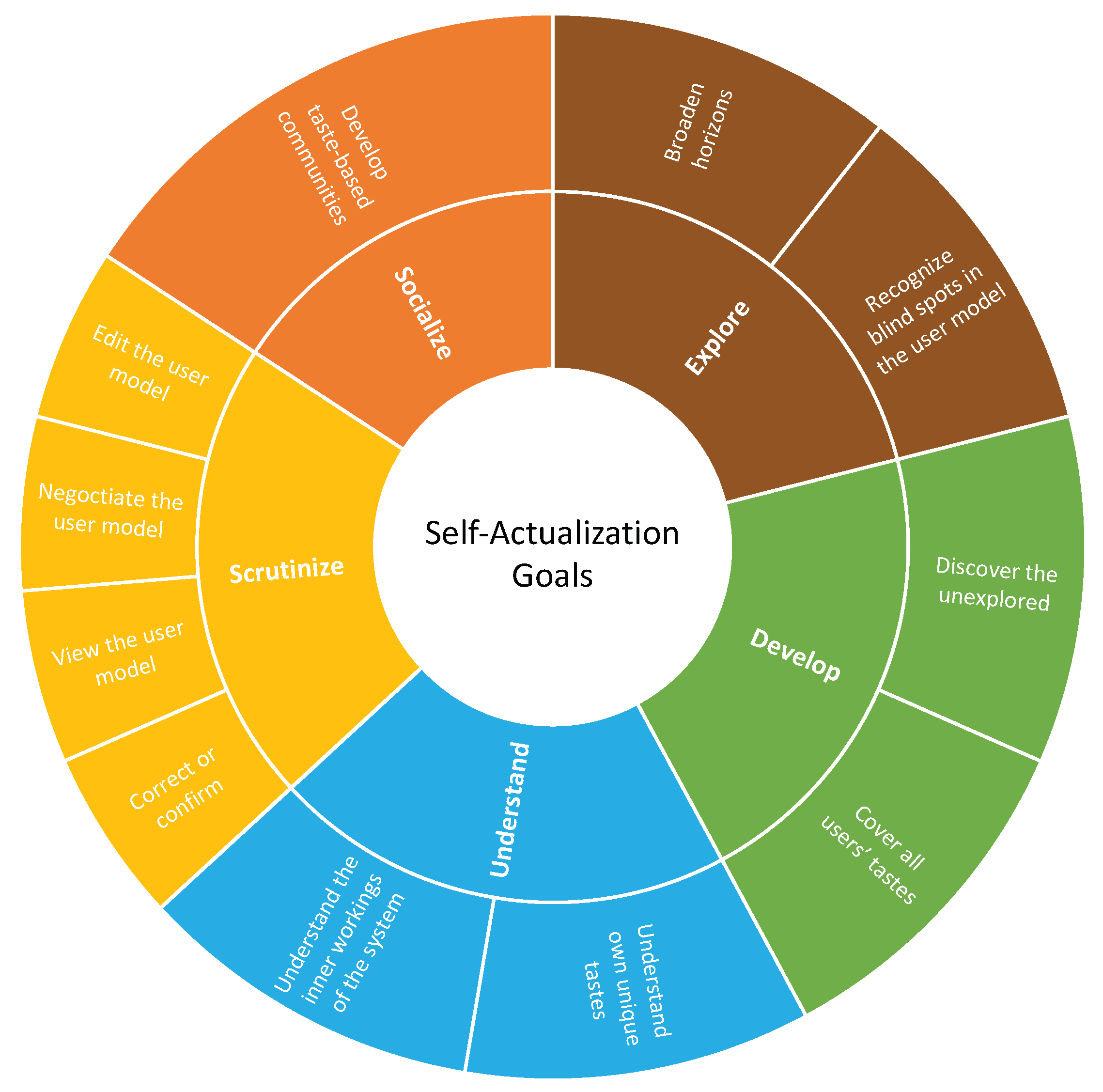In the dynamic landscape of multimedia, mastering the art of creating user-centric experiences is pivotal. From interactive websites to immersive virtual environments, multimedia designers play a crucial role in shaping how users engage with digital content. This article explores the principles and practices of multimedia mastery, focusing on designing experiences that captivate, engage, and resonate with diverse audiences.

- User-Centric Design Philosophy: Placing the User at the Center: Multimedia mastery begins with a user-centric design philosophy. Designers prioritize the needs, preferences, and behaviors of users, ensuring that every multimedia element contributes to a seamless and enjoyable experience.
- Visual Hierarchy and Navigation: Guiding Users Through the Experience: Effective multimedia design relies on establishing a clear visual hierarchy and navigation. Designers use visual cues, intuitive menus, and responsive layouts to guide users through the multimedia experience, enhancing usability and accessibility.
- Responsive Design: Adapting to Diverse Devices and Screen Sizes: Mastery in multimedia involves creating designs that are responsive across diverse devices and screen sizes. Responsive design ensures that users receive a consistent and optimized experience, whether they are accessing content on a desktop, tablet, or smartphone.
- Interactive Elements: Engaging Users in the Journey: Interactivity lies at the heart of multimedia mastery. Designers integrate interactive elements such as buttons, animations, and multimedia playback controls, empowering users to actively participate in and shape their digital journey.
- Storytelling Through Multimedia: Crafting Compelling Narratives: Multimedia designers are storytellers in a digital realm. They utilize a combination of visuals, audio, and interactive elements to craft compelling narratives that resonate with users, creating an emotional connection that goes beyond the surface.
- Accessibility and Inclusivity: Designing for All Users: Mastery in multimedia includes a commitment to accessibility and inclusivity. Designers ensure that multimedia content is accessible to users with diverse abilities, incorporating features like alt text, captions, and adaptable interfaces.
- Load Time Optimization: Enhancing Performance for Seamless Experiences: Multimedia designers optimize load times to ensure seamless experiences. Through techniques like image compression, lazy loading, and content delivery network (CDN) utilization, designers prioritize fast and efficient content delivery.
- Aesthetics and Brand Consistency: Building a Visual Identity: Aesthetic considerations are paramount in multimedia mastery. Designers maintain brand consistency, utilizing color schemes, typography, and visual elements that align with the brand identity, fostering recognition and trust.
- User Feedback Mechanisms: Iterative Improvement Through Insights: Multimedia designers implement user feedback mechanisms to continually improve the user experience. Surveys, analytics, and user testing provide insights that guide iterative design enhancements, ensuring that the multimedia content evolves based on user preferences.
- Cross-Platform Compatibility: Seamlessly Transitioning Across Platforms: With mastery comes the ability to design for cross-platform compatibility. Multimedia designers create experiences that seamlessly transition across platforms, allowing users to engage with content consistently whether on a website, mobile app, or virtual reality environment.
Conclusion:
Multimedia mastery is a dynamic blend of art and science, where designers orchestrate digital experiences that resonate with users. By prioritizing user-centric principles, incorporating interactivity, and embracing the evolving landscape of multimedia technologies, designers have the power to craft immersive and memorable experiences that leave a lasting impact on diverse audiences. As multimedia continues to evolve, the mastery of designing user-centric experiences remains at the forefront of creating digital landscapes that captivate and inspire.
